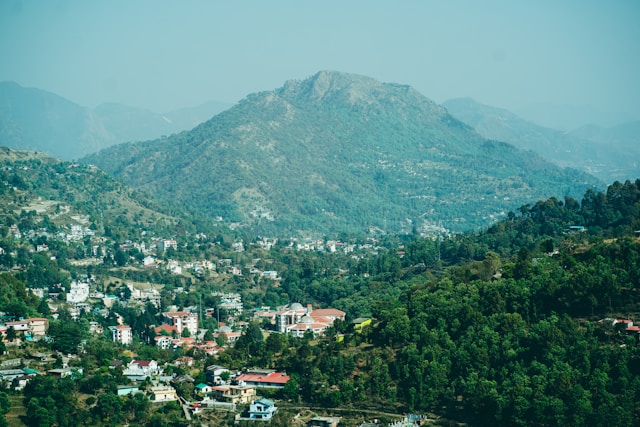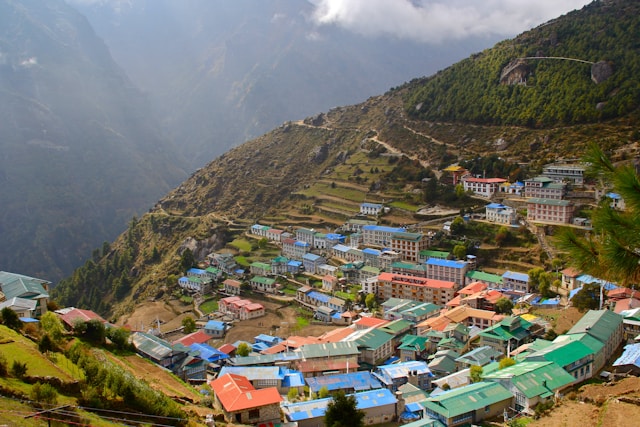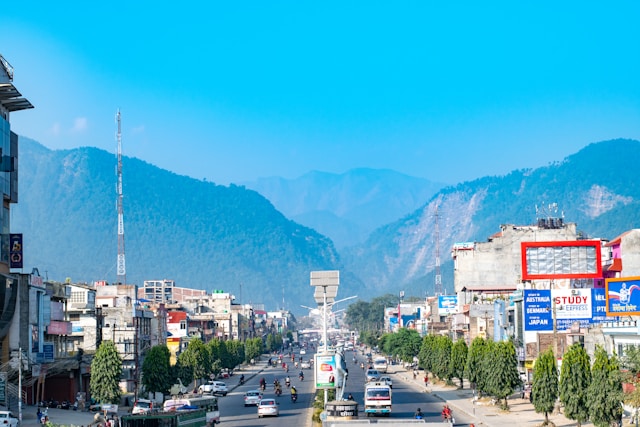Unveiling the Untamed Beauty of Bardia National Park
Nestled in the remote western lowlands of Nepal, Bardia National Park stands as a pristine sanctuary for those yearning to reconnect with raw, unspoiled wilderness. From the tranquil village of Thakurdwara, the park’s main gateway, visitors are welcomed into a realm where the rhythm of nature beats undisturbed. Verdant sal forests, lush grasslands, and meandering riverbanks create a mosaic of habitats supporting an astonishing diversity of wildlife. This untouched gem of Nepal invites exploration beyond the ordinary, promising encounters with creatures great and small in their natural domain.
A Paradise for Big Mammal Encounters
Bardia National Park offers one of the most authentic chances in Asia to see Bengal tigers, which silently roam its dense jungles. This park is celebrated for its significant tiger population, and early morning jeep safaris or guided jungle walks from Thakurdwara increase the chance of glimpsing these elusive cats. The Greater One-Horned Rhinoceros, reintroduced and thriving in Bardia, can often be seen grazing near the banks of the Karnali River. Asian elephants, spotted deer, swamp deer, and the impressive gaur also roam freely, adding to the park’s sense of untamed wonder.
Avian Spectacle: Birdwatching in Bardia’s Rich Wetlands

Beyond its mammalian treasures, Bardia is a haven for birdwatchers, boasting over 400 recorded species. The peaceful backwaters of the Babai and Karnali Rivers near Thakurdwara become stages for dazzling birdlife: vibrant kingfishers, majestic crested serpent eagles, endangered Bengal floricans, and secretive sarus cranes. Each dawn brings a symphony of calls from cuckoos, barbets, and warblers, while evenings see flocks of hornbills soaring across the glowing sky. For photographers and naturalists, Bardia’s wetlands offer unrivaled opportunities to capture Nepal’s feathered wonders.
Exploring the Karnali River: A Lifeline of Biodiversity
Flowing along the western boundary of the park, the Karnali River nourishes a network of oxbow lakes and sandbanks that teem with life. Canoe trips or riverside walks from Thakurdwara reveal glimpses of gharial crocodiles basking in the sun, smooth-coated otters slipping through the water, and the occasional freshwater dolphin surfacing gracefully. The river’s dynamic ecosystems sustain countless aquatic and terrestrial species, making it a vital artery of Bardia’s vibrant biodiversity.
Jungle Walks from Thakurdwara: Immersive Wildlife Adventures
Departing directly from Thakurdwara, guided jungle walks bring visitors into intimate contact with the sights, sounds, and scents of the forest. Skilled naturalists track animal footprints, interpret alarm calls, and teach the art of moving silently through the bush. Such treks often lead to hidden salt licks where rhinos and tigers gather or secluded clearings where herds of deer graze undisturbed. These immersive experiences redefine wildlife exploration, offering the kind of connection with nature only possible on foot.
Cultural Encounters: Tharu Traditions and Village Life
Beyond the park’s boundaries, the village of Thakurdwara is a window into the ancient culture of the Tharu people, the original inhabitants of the Terai. Traditional Tharu homesteads made of mud and thatch stand amid mustard fields, and evenings come alive with folk dances and songs celebrating centuries-old customs. Visitors can join cooking demonstrations, witness basket weaving, or share meals with Tharu families to gain deeper insight into a community that lives in harmony with the jungle.
Best Seasons and Ideal Times to Visit Bardia
The optimal time to explore Bardia National Park is during the dry months from October to April, when wildlife congregates near water sources and visibility is highest. The crisp mornings of winter reveal clear views of snow-capped Himalayan peaks to the north, while warm afternoons offer comfortable conditions for jeep safaris, canoeing, and birdwatching. March and April are especially rewarding, as early spring brings bursts of wildflowers and heightened animal activity before the monsoon rains arrive.
Responsible Tourism: Supporting Conservation Efforts
Visiting Bardia National Park directly contributes to the preservation of Nepal’s unique lowland ecosystems. Many lodges and tour operators in Thakurdwara support community-based conservation projects that protect endangered species and create sustainable livelihoods for local people. Responsible travelers are encouraged to hire local guides, minimize waste, and respect wildlife by maintaining safe distances and quiet observation practices.
Accommodation Options in Thakurdwara
Thakurdwara offers a range of lodges and eco-resorts catering to wildlife enthusiasts, from simple homestays to comfortable safari-style camps. Many accommodations blend seamlessly into the environment, offering thatched cottages with views of the forest canopy, delicious local meals, and warm hospitality. Several lodges organize guided tours, cultural performances, and conservation talks, making them ideal bases for a complete Bardia experience.
How to Reach Bardia from Major Hubs
From Kathmandu or Pokhara, travelers can take a short flight to Nepalgunj, followed by a four-hour drive to Thakurdwara. For those seeking adventure, an overland journey via the scenic Mahendra Highway offers glimpses of rural Nepal along the way. The village is well-connected by road and provides easy access to park entry points, ranger stations, and visitor centers.
What to Pack for an Unforgettable Wildlife Escape
Preparing for a journey to Bardia requires thoughtful packing: lightweight neutral-colored clothing for blending into the environment, a wide-brimmed hat, sunscreen, insect repellent, binoculars, and a camera with a good zoom lens. A sturdy pair of walking shoes is essential for jungle treks, and a reusable water bottle supports eco-friendly travel. Carrying a field guide to mammals and birds of Nepal can enrich the experience by helping identify the remarkable species encountered.
Bardia’s Future: A Beacon of Hope for Nepal’s Wildlife
Bardia National Park represents one of Nepal’s greatest success stories in wildlife conservation. As populations of tigers, rhinos, and other key species stabilize and grow, the park stands as a symbol of what is possible when communities, conservationists, and travelers unite in purpose. Every visit to Bardia reinforces the importance of protecting wild places, ensuring future generations can continue to marvel at the wonders of Nepal’s natural heritage.


